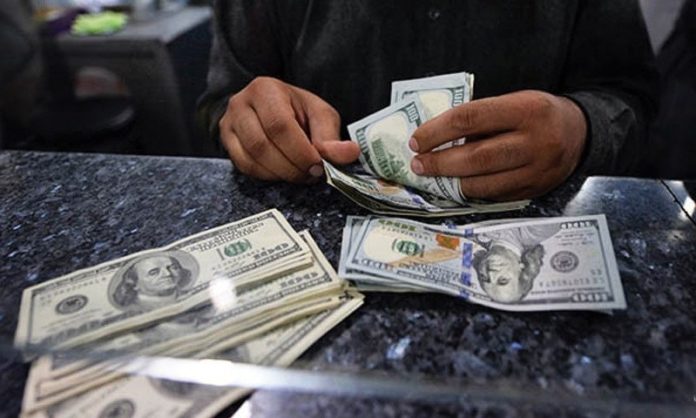Reserve Bank of India (RBI) is India’s central banking institution which regulates the banking in India and is responsible for controlling the monetary policy of the country. RBI does this by regulating various policy rates and the reserve ratios in the market. It uses these as a tool in order to regulate the money flow or the liquidity in the market. By controlling the interest rates in the market, RBI can in turn control the money supply in the market and maintain a price stability to achieve high economic prosperity according to the given market conditions. Below are a few Policy rates and Reserve ratios which are controlled by RBI.
Bank Rate
Bank rate is the rate at which a central bank (RBI in case of India) will offer loans to the commercial banks. Whenever a bank is in need of some cash, it can borrow it from central bank at some predetermined rate which is called as bank rate. Mind you, this does not involve the exchange of any securities for example- land, bonds etc. When there is too much liquidity in the market, central bank can control this by increasing the bank rate so that banks are not borrowing rapidly from the central bank. Currently bank rate is 7%.
Repo Rate(RR) is another form of bank rate which involves securities as well. Banks will sell some securities to central bank, and will promise to buy back the security at some predetermined rate. This is analogous to the case when we give some collateral to a bank while asking for some loan. Since, the bank is offering the securities to the central bank, RR is less than bank rate. Currently RR rate is 6.5%.
Sometimes, when the central bank is short of money, they can borrow some amount of money from a commercial bank. The rate at which RBI borrows this amount is known as Reverse Repo Rate(RRR). This is determined by RBI too, and is currently at 6%. Yeah, you read that right! An increase in RR and RRR means tightening of monetary policy.
You should also read our other article in the “Dumb’s Guide” Series-
Dumb’s Guide to Understanding Stocks and Stock Market
Dumb’s Guide to Investing Money in Stock Market
Dumb’s Guide to Understand the Balance Sheet
Cash Reserve Ratio (CRR)
In order to secure the financial stability of the country, RBI has directed the banks to maintain minimum amount of some cash reserves with itself in proportion to its deposits. This cash reserve cannot be used by the bank in its day to day transactions and is kept in its vaults safely or can also be parked safely with the RBI. The basic aim of this policy is to ensure that banks do not run out of money to pay the depositors based on their demands. An increase in CRR will make the banks to keep more money into their vaults and discourage the deposits. This will in turn reduce the lending made by the bank. The current CRR is set at 4% by RBI.
Statutory liquidity ratio (SLR)
In order to control the extension of bank credit and promote the investment by banks in the government securities like gold, bonds etc. RBI uses this rate called SLR. Banks are required to maintain some amount of liquid assets in the form of gold, securities or cash. Higher the SLR, banks will be compelled to invest more in the government approved securities or liquid assets which would in turn reduce their capacity to grant loans. Thus, if a bank has to invest the money somewhere, they can either lend the money to the customer or they can invest in government securities.
The basic difference between CRR and SLR is that CRR controls the liquidity in the market by discouraging lending if it is too high, whereas SLR would control the credit growth in the country by discouraging or encouraging lending by commercial banks. Presently SLR is fixed at 21.25% by RBI.












